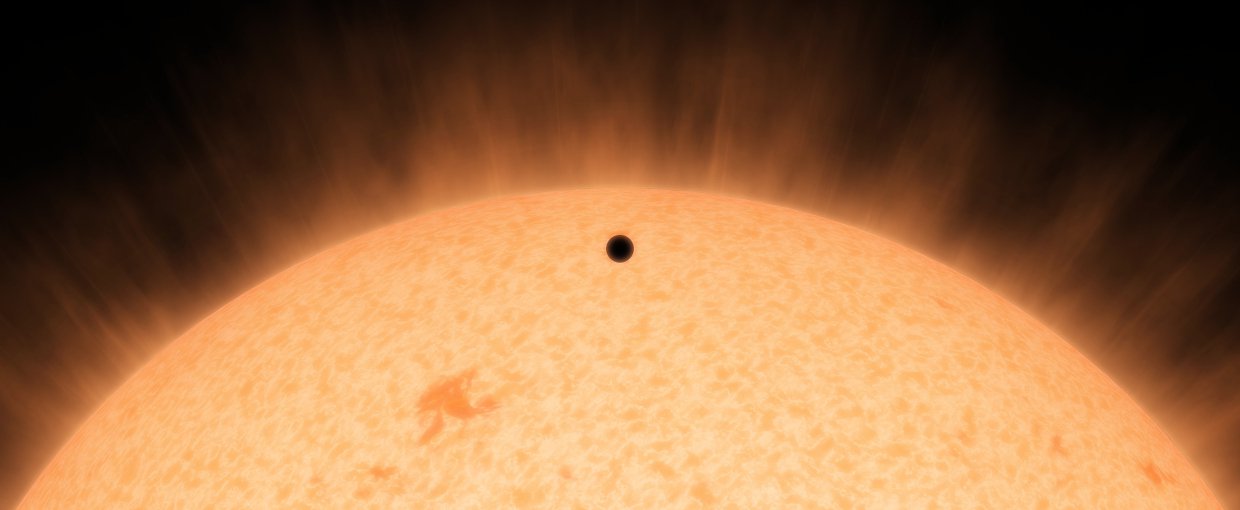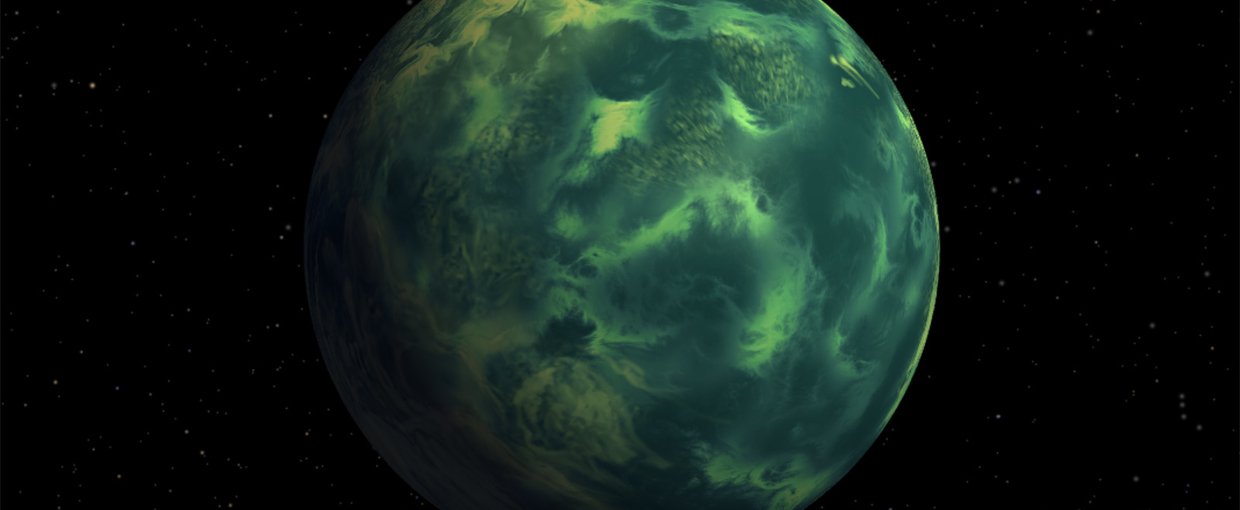
Researchers have used a three-dimensional General Circulation Model (GCM) developed at the NASA Goddard institute for Space Studies (GISS) to model the atmospheres of solar system and exoplanetary terrestrial planets. The model is dubbed, “Resolving Orbital and Climate Keys of Earth and Extraterrestrial Environments with Dynamics (ROCKE-3D),” and its parent model (ModelE2) is used to study the modern Earth and near-term paleo-Earth climates.
ROCKE-3D expands the capabilities of ModelE2 to “handle a broader range of atmospheric conditions, including higher and lower atmospheric pressures, more diverse chemistries and compositions, larger and smaller planet radii and gravity, different rotation rates, diverse ocean and land distributions and topographies, and potential basic biosphere functions.”
The team working on ROCKE-3D has reported their progress in the ongoing development of the model, as well as the current and near-term capabilities of the model for studying the atmospheres of planets in our solar system and beyond.
The paper, “Resolving Orbital and Climate Keys of Earth and Extraterrestrial Environments with Dynamics (ROCKE-3D) 1.0: A General Circulation Model for Simulating the Climates of Rocky Planets,” was published in The Astrophysical Journal. The work was supported through NASA’s Habitable Worlds Program and the Nexus for Exoplanet System Science (NExSS). NASA Astrobiology provides resources for these and other Research and Analysis programs within the NASA Science Mission Directorate (SMD) that solicit proposals relevant to astrobiology research.


